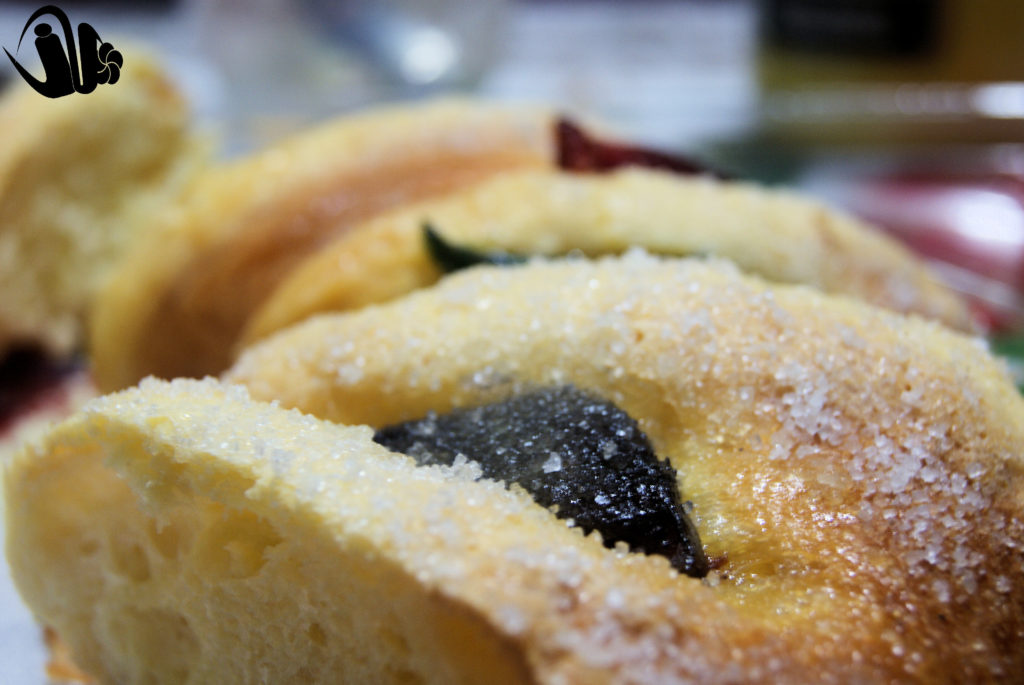Being new in Mexico, starting the New Year, you will notice online on bakeries, small stores and every supermarket covered with a different product called Rosca de Reyes (basically a large hoop made of bread and decorated with different colors). The tradition of the Rosca started in Europe during the Middle Age, and reached Mexico during the Viceroyalty.
Being new in Mexico, you might see that after the Christmas Holidays and New Year’s parties life is slowly coming back to normal. That is until January 5, when Roscas de Reyes start showing up in just about every supermarket and bakery around town.
The Rosca de Reyes is basically a large pastry decorated with fruit, figs and sugar and is associated with the Epiphany and the end of the Christmas season. In some English-speaking countries the Rosca would be the equivalent to the king’s cake, or the gâteau des Rois in France.
As the Rosca de Reyes tradition was imported to Mexico from Spain and evolved during the Colonial period, it was enriched with Mexican ingredients while the meaning of the celebration remained almost intact. Biblically, on January 6 the Three Wisemen were able to reach baby Jesus and at the same time Herod ordered the slaughter of every child under the age of two in the area, so Jesus was hidden and fled to Nazareth.

On January 6, many Mexican children get presents in the morning, brought to them by the Three Wisemen; and on the evening families and friends gather up to cut the Rosca de Reyes, made of flour and decorated with sugar and fruit and with little plastic doll hidden inside, each doll representing baby Jesus and with every cut symbolizing the danger he was in when being pursued, also the bread the Rosca is made of represents the buckets of flour children were hidden in to avoid their murder, the shape represents the crowns the Wisemen had, and the fruit (like cherries, citron and figs) the jewels in them.
The ones that find the dolls will become “godparents” to baby Jesus and will host the next religious celebration on February 2nd, Día de la Candelaria, in English known as Candlemas day, when the host will offer their guests tamales made of flour and hot chocolate, traditionally a beverage reserved for royalty in pre-Hispanic Mexico.
Written by:
Iván García López
Rosca de Reyes lover and chocolate enthusiast






